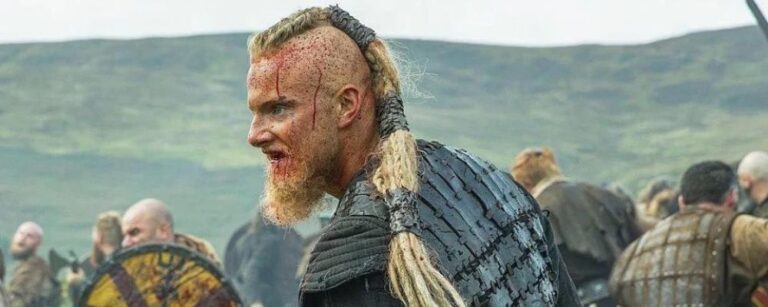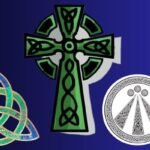How do you tell if you have Viking DNA? If you send your DNA off to an ancestry DNA testing lab, you might get results suggesting that you are 50% “broadly European”, 10% “North African”, and 40% “Norwegian”.
That means you have Viking genes, right? You may also be told a fascinating Viking DNA family fact like you are a descendant of King Harald Hardrada, the famous 10th-century Norwegian King.
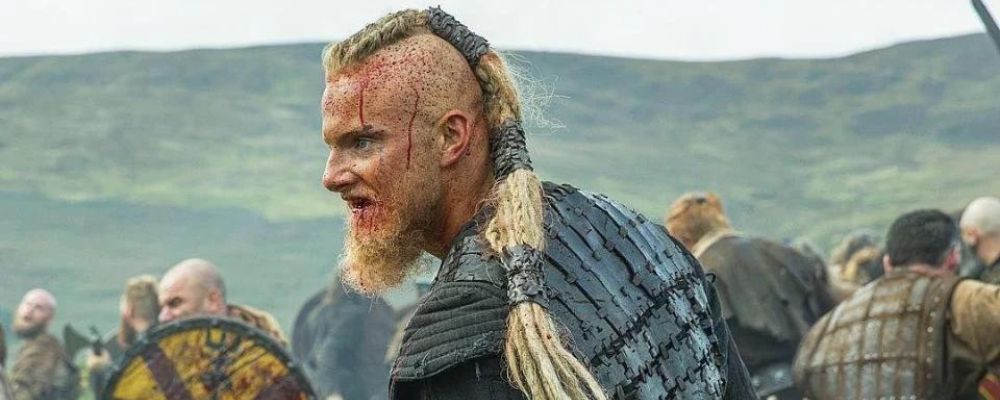
These kinds of results should be taken with a grain of salt. Not only is it almost impossible to verify a direct familial link with Hardrada, since the location of his remains is unknown and they have never been DNA tested, but even those scientific-looking percentages aren’t as accurate as they may appear. It is not as easy to draw lines between ancient ethnic groups as those numbers would have us believe.
You can read more on the limits of Ancestry DNA testing here.
But recent studies of Viking DNA can still tell us a lot about who the Vikings were and what they were up to over a thousand years ago.
Recent Viking DNA Studies
There have been two recent major studies of Viking DNA.
Published on 11 March 2021 in Nature, a group of Authors including geneticist Rasmus Nielsen from the University of California, Berkley and Eske Willerslev from the University of Copenhagen, digitized and analyzed DNA from 442 skeletons discovered from more than 80 Viking sites across Northern Europe and Greenland.
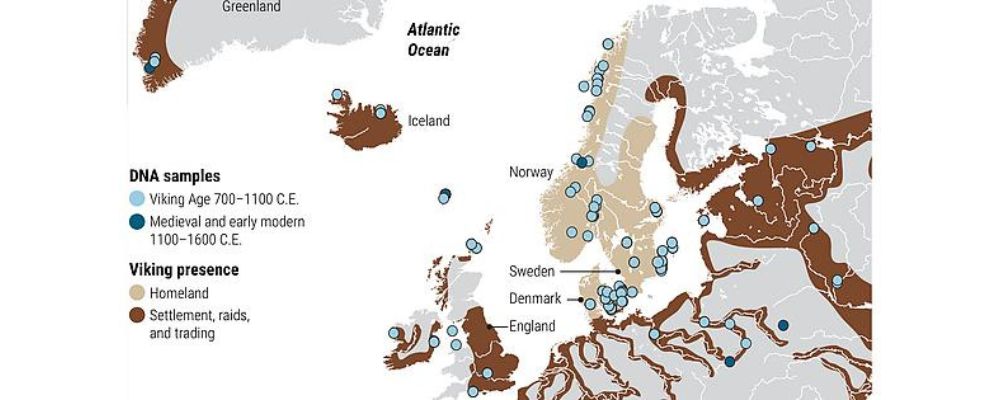
Published in the Journal Cell in January 2023, molecular archaeologists, Ricardo Rodriguez-Valera and Anders Gotherstrom among others, conducted a study that looked at 48 new Viking-era DNA examples and 249 previously published Viking genomes and compared them to more than 16,000 modern humans.
These studies have resulted in several revelations about the Vikings and their world that are supported by what historians already suspected from the archaeological record.
Major Findings
Below are some of the major findings revealed by the two studies.
Migration into Scandinavia
The first thing the DNA suggests is that the Viking expansion from Scandinavia in the 8th century may have been due to migration into the area.
DNA suggests that at this time, people from other parts of Europe began to enter Scandinavia. People of British and Irish ancestry are present across the region. Groups of eastern Baltic ancestry made their way into Sweden and Gotland, and people of southern European ancestry started to move into Denmark.
Population pressure and competition for resources may have encouraged the Vikings to look outwards beyond their borders. They may also have been intrigued by stories of far-off lands carried by new and interesting migrants to the area.
Brown Hair and Eyes
DNA also suggests that the stereotype of tall, blonde, and blue-eyed Vikings is truer today than it was a thousand years ago. Genetics suggest that darker hair and eyes were much more prevalent among the Vikings than generally assumed.
They were still likely to be taller than their neighbors as they had a superior diet with more animal-based protein than the surrounding Christian communities, which had a more grain-based diet.
Selective Travel
The DNA also confirmed that different Viking groups had the habit of revisiting the same areas repeatedly. The Swedish Vikings headed east to the Baltics. The Norwegian Vikings headed west to Iceland, Greenland, and Ireland. The Danes made their biggest impression on England and saw a massive influx of Viking DNA into England.
When they found an area with rich resources, Viking raiders tended to return to those same lands over and over again. The Norwegians stand out as explorers, heading to the Scottish Islands, Iceland, Greenland, and even the Americas; though sadly no DNA has been found from Viking settlements there. Notably, these were the regions with the fewest resources, encouraging continued exploration.
Close Family Groups
There is also evidence to suggest that raiding parties were often composed of close family groups. An analysis of 41 skeletons with Viking DNA markers from two ship burials in Estonia shows that the Viking raiders there were closely related and hailed from the same small village in Sweden. It even suggests that four of the men buried there were brothers.
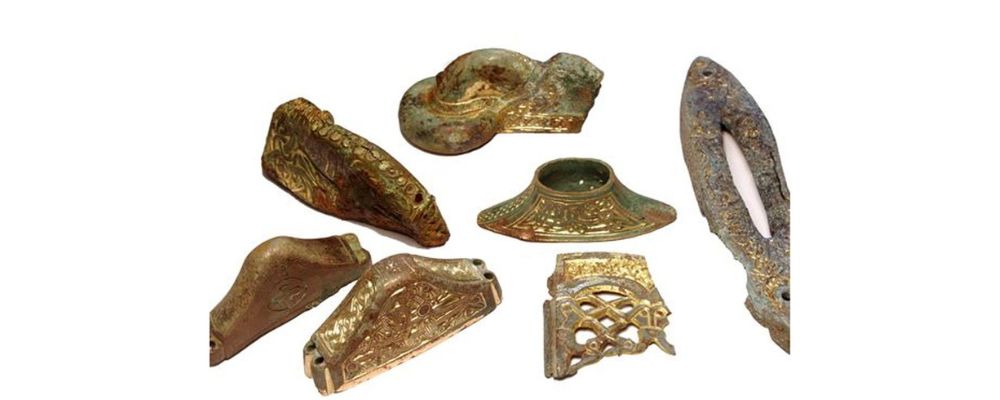
In contrast, DNA suggests that a Danish man buried in Oxford in the UK is the cousin of another man buried in Denmark. Their lives took them on different paths, and therefore to different resting places.
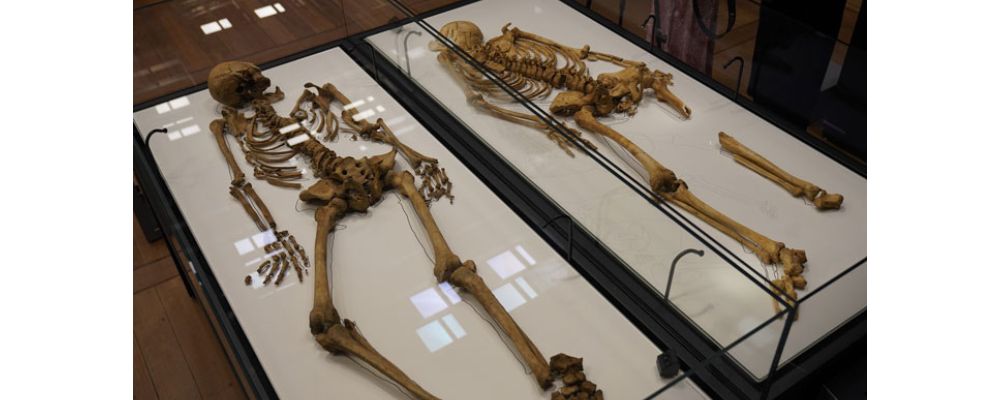
This reflects the world we see in the History Channel’s Vikings, where Ragnar Lothbrok is joined by his brother Rollo and sons on raids, but while Ragnar would meet his end in Northumbria, England, Rollo would end his days somewhere in France.
Inter-Marriage
The Vikings intermixed extensively with the people they came into contact with. But how this happened with different groups may have varied.
On Greenland, DNA shows that the colony at one point was composed mainly of Norwegian men and women from the British and Irish Isles. This disparity suggests that these women were probably imported specifically to be wives, probably by force. The same pattern can be seen in Sweden and Gotland, where it seems that most Baltic DNA was imported from women.

But elsewhere in Scandinavia, there is reason to believe that Britons were both transported as enslaved people against their will, but also that high-ranking Christian missionaries and monks moved into the area voluntarily.
There is some reason to believe that while the Vikings often imported slaves, it was common to free slaves once they were integrated into Viking society and had served their purpose. A woman imported as a slave could transform into a wife.
Viking as an Identity
It also seems clear that Scandinavian descent was not a requisite for self-identifying as a Viking. As an example, two individuals buried in Viking style and with Viking grave goods on the Orkney Islands were genetically related to the Picts of Scotland rather than being of Viking descent. The Vikings were active in Orkney, and their culture appears to have been widely adopted and to have replaced the existing local culture.
Similarly, several individuals that were buried in Viking style in Norway were genetically Sammi, a group of people more closely related to East Asians and Siberians.
This is why many people say that the word “Viking” was more a “job description” than an ethnic identity. But contact with the Vikings seems to have been essential for the adoption of Viking ship and weapon technology, and cultural practices such as burial rites.
Reduced Diversity
But while diversity is a characteristic of the Viking world in the Viking Age, modern Scandinavia is much less diverse today than it was in ancient times. It seems that at the end of the Viking era, contact with other peoples reduced rather than increased and the Scandinavian people became more homogeneous.
This reduction in activity seems to be the result of people attacked by the Vikings developing new technologies that enabled them to better protect themselves against raiders. Under Christianity, Viking society also became less egalitarian and more controlled. This may also have restricted marriage between Scandinavians and foreigners.
Within a few hundred years, the new genes introduced by other people were overwhelmed by local genetics within a few hundred years and became obscured in the gene pool.
Diversity was not consistent in the Viking Age either. The most diverse areas were along the coasts at major ports and trading points. Inland settlements in Norway, Sweden, and Denmark were much less diverse, and it is possible to draw distinct lines between the three different ethnic groups when looking at these samples.
Secrets of Viking DNA
While current Viking DNA studies might not be able to tell you whether you are a distant relative of Harald Hardrada or Ragnar Lothbrok, it does offer a fascinating insight into what it really meant to be a Viking over 1,000 years ago.
